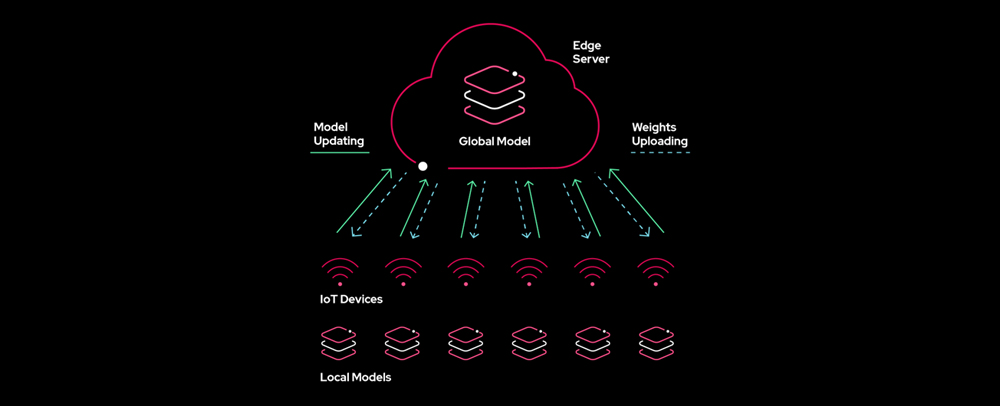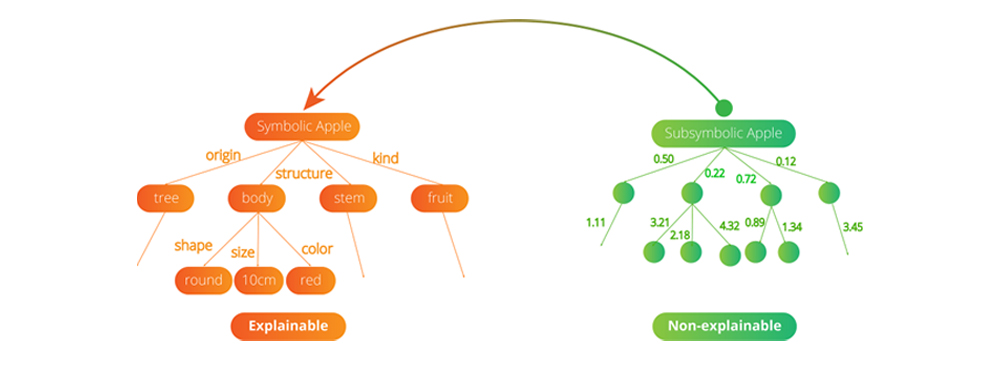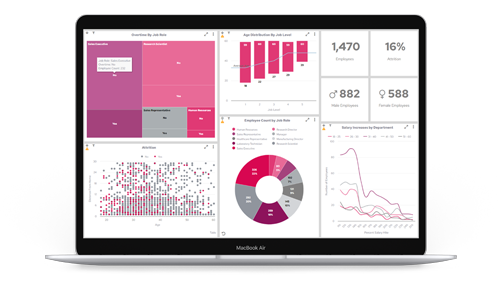In the ever-evolving landscape of Artificial Intelligence, staying ahead of the curve is crucial. This blog delves into the 4 AI trends set to redefine how organizations approach and utilize AI. Below, we navigate through AI Simulation, Federated Machine Learning, Neuro-Symbolic AI, and Causal AI that's been included in the Gartner Hype Cycle for Emerging Technologies.
AI Simulation: Simulating virtual outcomes for real-world success
The first AI trend in our list is AI Simulation. Simulations like Formula 1 driving, flying planes, and operating trains in a safe and simulated environment have existed for years; this, in fundamental terms, is the basis for AI Simulation. However, imagine building and test-driving an AI model in a safe, simulated environment before releasing it into the real world. This form of Artificial Intelligence allows organizations to repeat and refine models by simulating potential outcomes and impacts. For instance, a Healthtech company might use AI simulation to predict patient outcomes based on different treatment plans, thereby optimizing care and improving patient satisfaction.
Moreover, AI simulation can be particularly beneficial in industries like Fintech, where market conditions change rapidly. By simulating different economic scenarios, financial institutions can better prepare for market volatility and make more informed investment decisions. This proactive approach allows businesses to stay ahead of the curve and maintain a competitive edge. The ability to foresee potential challenges and opportunities through AI simulation is transforming how companies strategize and operate, making it an indispensable tool in the modern business landscape.
As AI tools and technologies advance, we can expect an increased focus on gaining confidence in models through simulation.
Federated Machine Learning: The power of collective intelligence
Combined observations are better than a single observation. Let’s take a real-world example of this; humans can learn, e.g., they can read a book, but they are limited to their own observations and experiences of that book. However, a hive of bees can quickly share information through a hive mind to locate the best sources of pollen, harnessing the power of distributed data. Federated Machine Learning works on a similar basis to a hive mind, much like bees.
Federated machine learning leverages the collective observations of multiple data points, which could be a sensor, device, or even a car. These observations get pushed up to a ‘master brain’ or, much like the bees, a ‘hive,’ where a model is created, refined, and then pushed down to individual nodes for application so decisions can be made on collective experiences.
With the explosion of sensor-based technologies, especially in moving objects and fixed assets, Federated Machine Learning is becoming a driving force in various domains and is set to become another AI trend in the near future.

Causal AI: Keeping the human in the loop
Causal AI is a groundbreaking approach that focuses on understanding the cause-and-effect relationships within data. Unlike traditional AI models that often rely on correlation, causal AI aims to identify the underlying factors that drive outcomes. This human-centric approach ensures that AI systems are not only accurate but also interpretable and actionable. In the context of SaaS analytics, causal AI can help businesses identify the root causes of customer churn, enabling them to implement targeted interventions and improve retention rates.
Furthermore, causal AI plays a crucial role in maintaining transparency and accountability in AI-driven decision-making processes. By providing clear explanations for its predictions, causal AI allows stakeholders to understand and trust the insights generated by the system. This is particularly important in regulated industries like Healthtech and Fintech, where decisions can have significant ethical and legal implications. By keeping the human in the loop, Causal AI ensures that technology serves as a tool for empowerment rather than a black box, fostering a more responsible and ethical use of AI.
Neuro-Symbolic AI: Merging the old and new
This AI trend blends the old and the new to create a more observable and explainable AI model. ‘Traditional’ AI is viewed in many people's minds as teaching robots tasks through explicit rulesets, akin to following a recipe. These rulesets use semantics, which adds a description to the rule to be easily understood if read. On the other hand, neural networks operate numerically, making them less interpretable. Neuro-symbolic AI combines the best of both worlds, creating models that are not only understandable but also explainable. This hybrid approach is promising in generating models bridging the gap between human comprehension and machine efficiency.

What else is set for the future of AI?
As we look to the future, several trends are poised to shape the landscape of AI, such as the rise of ethical AI, which emphasizes the importance of fairness, transparency, and accountability in AI systems. As AI becomes more pervasive, there is a growing need to ensure these technologies are developed and deployed responsibly. This includes addressing issues such as bias in AI algorithms and maintaining data privacy. Companies that prioritize ethical AI will build trust with their customers and mitigate potential legal and reputational risks.
In addition to AI ethics, the democratization of AI is set to revolutionize the field by making advanced AI tools and technologies accessible to a broader audience. This is driven by the development of user-friendly AI platforms and the increasing availability of open-source AI frameworks. As a result, businesses of all sizes can leverage AI to drive innovation and growth. By staying abreast of these trends, organizations can position themselves at the forefront of AI advancements and unlock new opportunities for success.
Many organizations are already riding the wave of these upcoming AI trends. But for those not yet ready to take the plunge, being equipped with knowledge and a proactive approach to these trends can help navigate this ever-changing landscape.
Whatever form of AI your organization chooses to adopt, these AI trends unlock fresh avenues of efficiency, comprehension, and innovation.






















